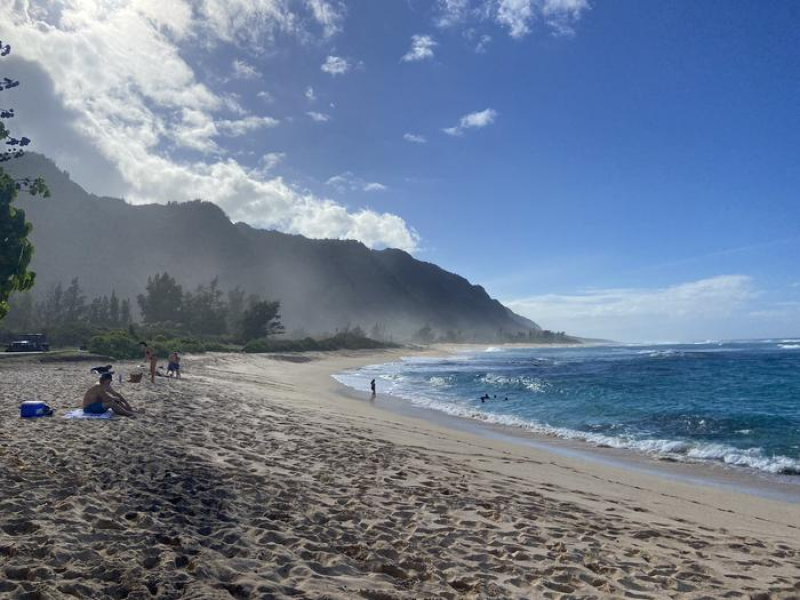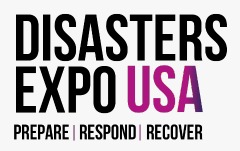Giant sea salt aerosols play major role in Hawaii’s coastal clouds, rain

Despite their tiny sizes, aerosols — such as sea salt, dust and ash — play a significant role in shaping weather and climate. These particles scatter light, act as the starting point for cloud formation and can even initiate or limit rainfall.
Now, a United States. National Science Foundation-supported study published in the journal Atmospheric Chemistry and Physics by scientists at the University of Hawai’i at Mānoa reveals that the coastline can produce up to five times the concentration of giant sea salt aerosols compared to the open ocean and that coastal clouds may contain more of these particles — affecting cloud formation and rain around the Hawaiian Islands.
“Aerosol-cloud interactions and rainfall are among the biggest uncertainties in projections of future climate,” said Katherine Ackerman, lead author of the study. “Because freshwater is essential to the sustainability of life on the Hawaiian Islands, it is imperative to accurately predict where and how much it will rain as our climate changes.”
Alison Nugent, an atmospheric scientist and senior author of the study, and the team developed a lightweight and affordable 3D-printed instrument that measures aerosol size distributions rather than only aerosol concentration or mass, like several other sampling methods. They attached the device to kites, fishing rods and drones to sample how giant sea salt size distributions vary across different altitudes, locations from the coastline and a wide variety of environmental conditions.
“Regular in situ observation of clouds is difficult because of the effort involved with reaching them,” said Nugent. “So instead, much of our current research has focused on the giant sea salt particles that Hawaii’s clouds form on and understanding the specific mechanisms that influence how they are produced and where they are able to travel after production.”
Ackerman added that “we identified the coast as a major source of giant sea salt aerosols which is important in understanding how they impact our coastal clouds. Their large size means they fall out of the atmosphere a lot faster than other aerosol types, so identifying their production locations is important in quantifying their potential impacts on the local atmosphere.”
The researchers also found that wave heights were the biggest predictor of giant sea salt aerosol concentrations.
“This study uses a creative methodology to make unique measurements of coastal sea salt aerosols at different heights above the ocean surface,” said Nick Anderson, a program director in NSF’s Division of Atmospheric and Geospace Sciences. “The resulting information about the influence of waves is relevant to predictions of clouds and precipitation in Hawaii and other coastal communities.”
Our team at Inergency is excited to announce our partnership with @Disasters Expo Europe, the leading event in disaster management.
Join us on the 15th &16th of May at the Messe Frankfurt to explore the latest solutions shaping disaster preparation, response and recovery.
To all our members, followers, and subscribers in the industry, This is YOUR opportunity to explore the intersection of sustainability and disaster management, connect with industry leaders, and stay at the forefront of emergency preparedness.
Don't miss out! Secure your complimentary tickets now and be part of the conversation driving innovation in disaster resilience. ➡️ https://lnkd.in/dNuzyQEh
And in case you missed it, here is our ultimate road trip playlist is the perfect mix of podcasts, and hidden gems that will keep you energized for the entire journey


